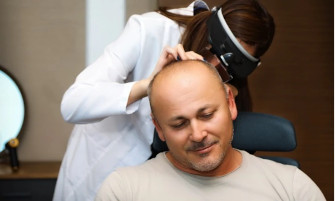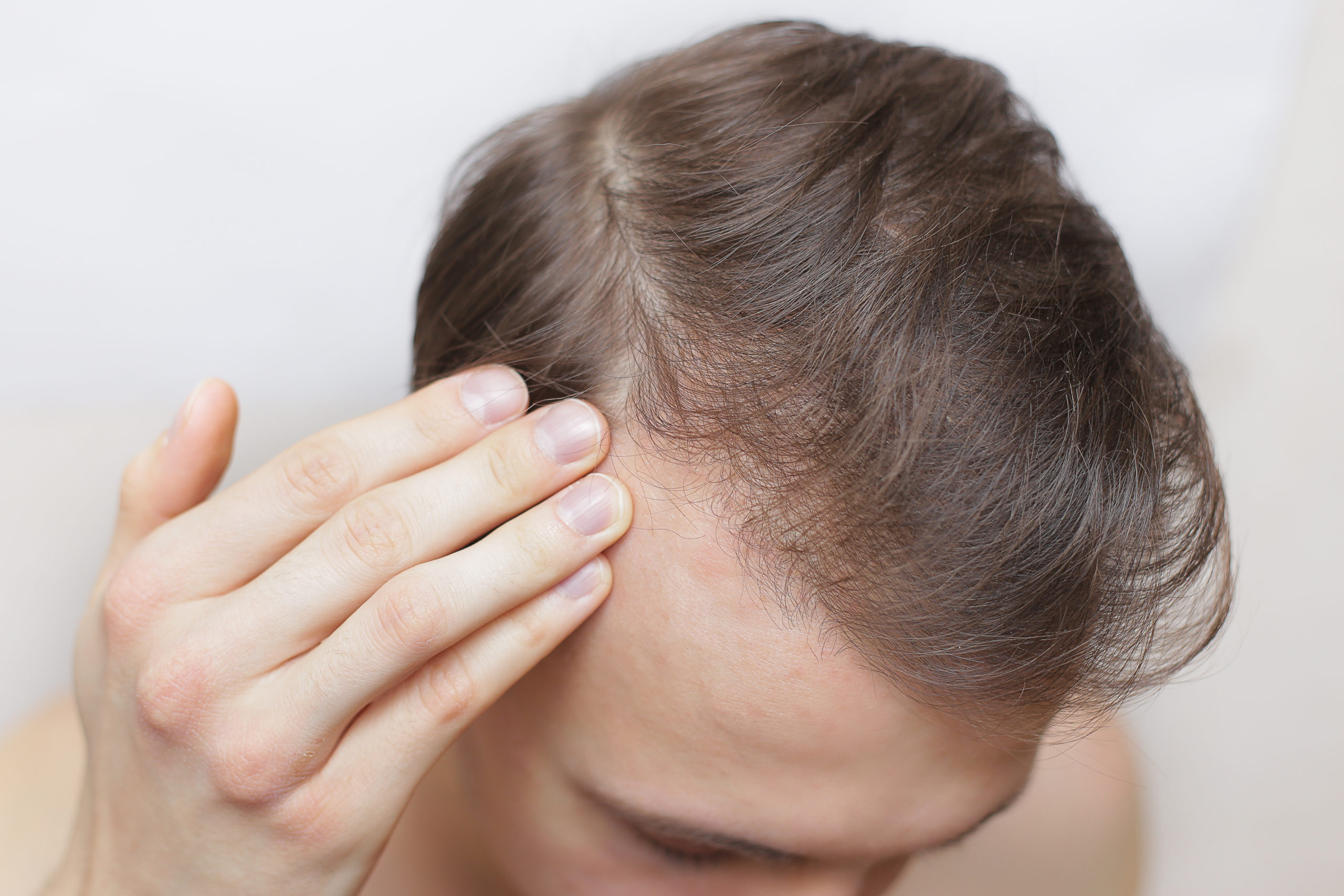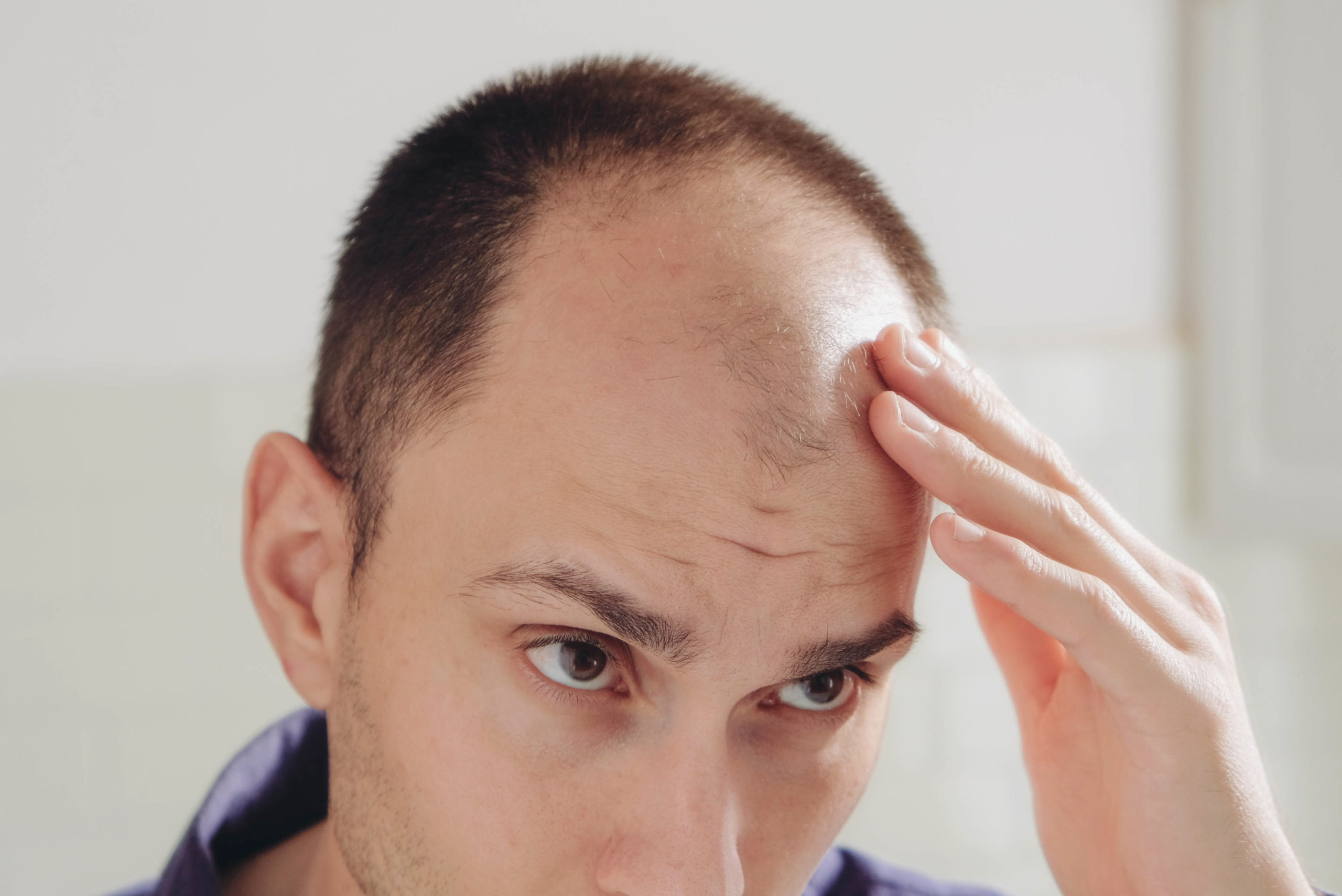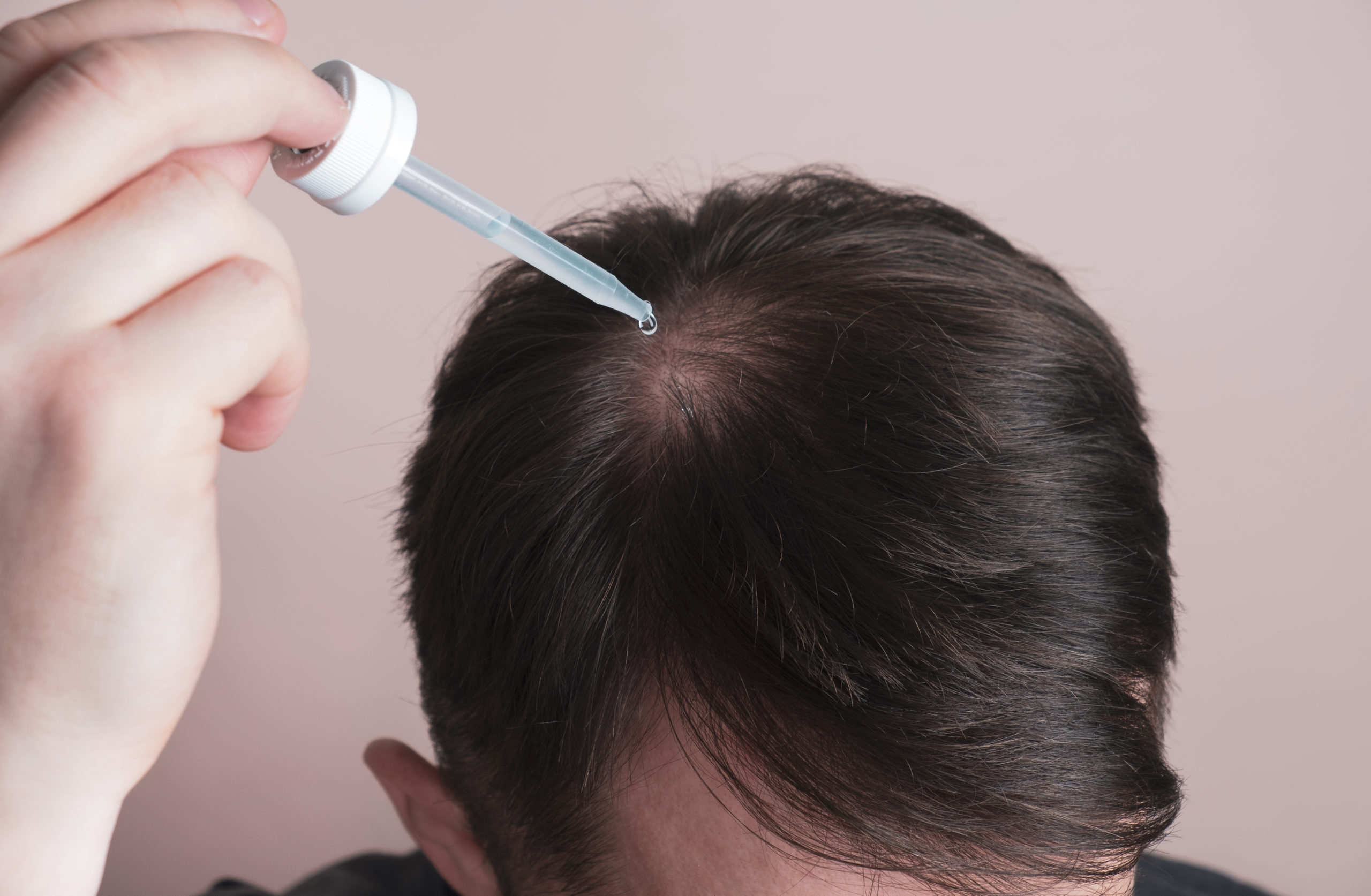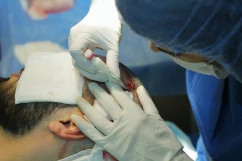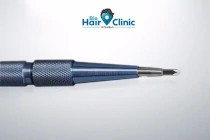When Does Hair Grow Back After a Hair Transplant?
For many a key question is when does hair regrow after a hair transplant? The physical condition of each individual is different and this is also reflected in the growth of transplanted hair. Some patients have a quick recovery time, while others may need to wait longer for their hair to be restored.
Here we will address the stages of recovery after a hair transplant and when you can expect hair to regrow.
Avoid Sweating
You should avoid any physical activities for at least 2 to 3 weeks after a hair transplant. This in order to protect the hair and not to endanger its growth. Extreme sweating through strength training or other activities may irritate the scalp and damage your new grafts.
Furthermore swimming pools or sauna sessions are not recommended in the first month after the surgery. The same rule applies regarding exposure to UV rays from sunlight
When Can I Expect Visible Hair Growth?
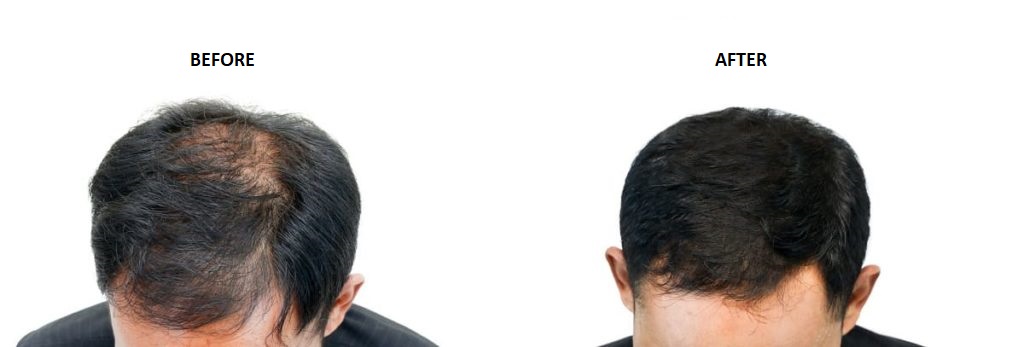
The treated areas of the scalp will generate some crusts after the hair transplant procedure. However, they will detach from the skin within ten days. Many patients spend this time on a relaxing holiday to give themselves enough time to heal. Once those crusts have fallen off, the scalp assumes a bright red to pink colour that is similar to other healed wounds.
It takes about two to three more months for the skin of your scalp to return to its normal colour. As mentioned before this process is individual and may take more or less time. Should you feel disturbed by the colour of the scalp, a cosmetic concealer can be bought at your local pharmacy.
Choosing the Right Hair Transplant Procedure
If you opt for the FUT procedure, a strip of skin will be cut from your scalp. The threads used to sew up the scar must then be removed within the next 14 days after the surgery. You can have this done by your doctor.
On the other hand, if the newer FUE procedure was used, there is no need to remove the sutures. Mainly because, unlike the FUT surgery, only hair follicles are removed from the donor area instead of a whole strip of skin.
Two to Six Weeks After a Hair Transplant
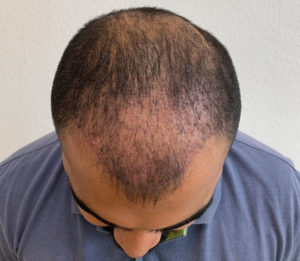
Patients usually lose many of the displaced hairs again during this timeframe. However, this is perfectly normal and follows a specific hair growth cycle with three distinct and concurrent phases: anagen, catagen, and telogen phases.
Plus the grafts also suffer from an oxygen deficiency, as they have spent some time during surgery outside their natural environment. Therefore, the grafts initially fall into a resting phase (telogen) in which no growth takes place.
However, the hair papilla, which are responsible for the subsequent growth of the hair, are already optimally anchored in the scalp at this time. Once the anagen phase starts your hair will then start to grow anew.
Three to Five Months After the Hair Surgery
During this period, the new formation of hair or hair follicles begins. Again, the speed of this process is very individual and can not be accurately predicted.
In addition, pimples and bumps may form as the new hair shaft pushes through the skin. These impurities are part of the natural healing process and disappear completely in no time.
Six to Ten Months After the Operation
The treatment area is now getting increasingly filled with new and strong hairs. This process continues until the twelfth month after the procedure. The hairs are almost completely regrown from this point and the final result of the hair transplant is finally visible.
Conclusion
Patience is the key when it comes to the recovery process as only with time does the hair gain strength and grow. After the hair transplant the inserted grafts will continue to constantly grow throughout life.
We hope that this article gave you a better understanding of the healing process after a hair transplant. Should you have more questions, please don’t hesitate to call us. Our friendly team will happily answer them in detail and give you precise advice on your hair loss situation.

